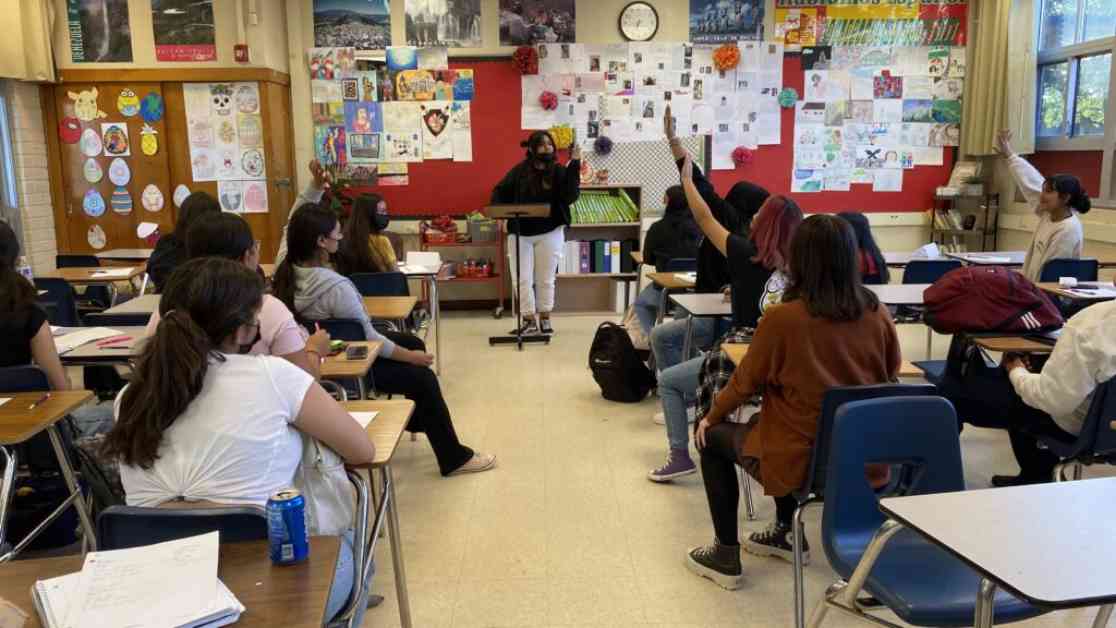Boosting College Graduation Rates in California’s Central Valley: Key Programs Making a Difference
A new report has shed light on the state of college graduation rates in California’s Central Valley, revealing a mix of challenges and promising initiatives aimed at boosting higher education attainment in the region. The report, titled “Pathways to College Completion in the San Joaquin Valley,” by the Public Policy Institute of California (PPIC), highlights the disparities in college readiness and access among Central Valley students compared to their peers in other parts of the state.
The Central Valley, home to a rapidly growing population of 4 million residents, plays a crucial role in the state’s future economic and cultural landscape. However, the region has struggled to keep pace with the rest of California in terms of educational attainment and economic prosperity. Hans Johnson, one of the report’s authors, emphasized the importance of increasing educational attainment in the Central Valley to uplift the entire region socioeconomically and culturally.
One of the key findings of the report is the significant gap between parents’ aspirations for their children’s education and the current reality of college attainment in the Central Valley. While 79% of parents express a desire for their children to earn a bachelor’s degree, only 26% of students in the region are on track to achieve that goal. Factors contributing to this disparity include a lack of preparation in high school, low university application rates, financial constraints, campus proximity, and a perceived lack of access to higher education opportunities.
High school students in the Central Valley face a variety of challenges when it comes to transitioning from high school to college. Many students graduate without the necessary preparation to succeed in college, with only 4 out of 10 meeting the A-G requirements for admission to California’s public universities. This lack of preparation not only hinders students’ ability to enroll in CSU or UC schools but also poses challenges for those seeking to transfer from community colleges to four-year institutions.
To address these issues, educators in the Central Valley are implementing innovative strategies to improve college readiness and access for students. One such initiative is the expansion of dual enrollment programs, which allow high school students to earn college credits while still in high school. By increasing the availability of dual enrollment opportunities and strengthening partnerships between K-12 schools and higher education institutions, educators are working to smooth the transition from high school to college and improve overall college attainment rates in the region.
Partnerships between high schools, community colleges, CSU campuses, and UC Merced are key to supporting Central Valley students on their path to higher education. Programs like the Associate Degree for Transfer (ADT) provide a clear pathway for community college students to transfer to CSU campuses, while UC Merced offers its own version of the ADT guarantee for regional community colleges. Similarly, partnerships like the Bulldog Bound Program at Fresno State aim to increase college access for high school students in the region.
The Central Valley’s focus on collaboration and innovation in education serves as a model for the rest of the state, with initiatives like dual enrollment and K-16 collaboratives paving the way for increased college enrollment and completion. By investing in programs that support college readiness and access for all students, the Central Valley is working to ensure a brighter future for the region and its residents.
In conclusion, while the challenges of low college attainment rates in the Central Valley are significant, the region is making strides in implementing key programs and partnerships that are poised to make a difference. By addressing the barriers to higher education access and success, educators in the Central Valley are working towards a future where all students have the opportunity to achieve their college and career goals.
